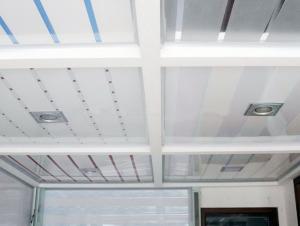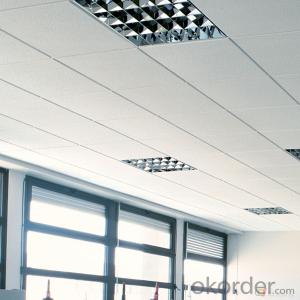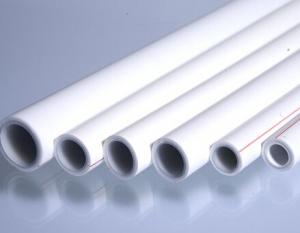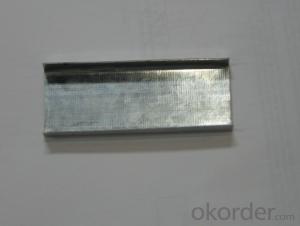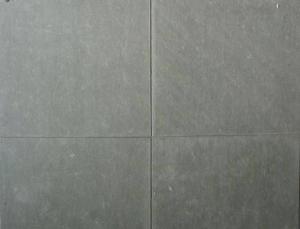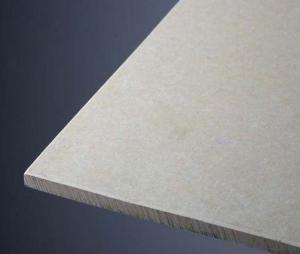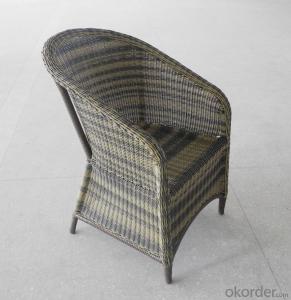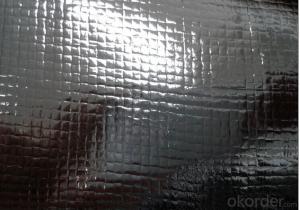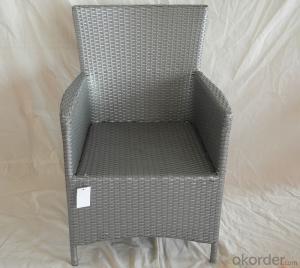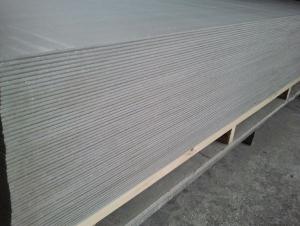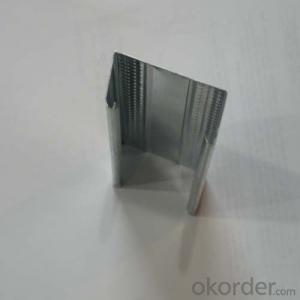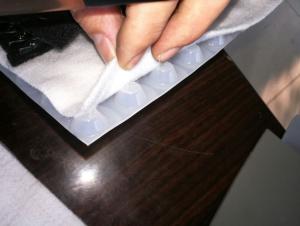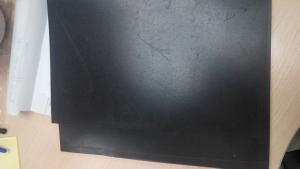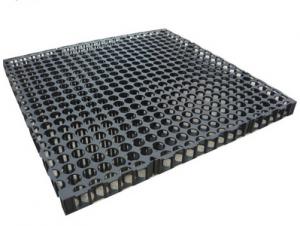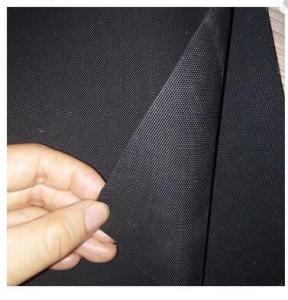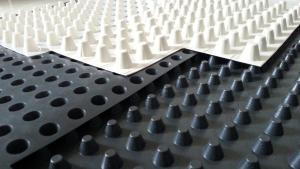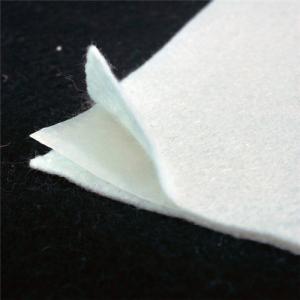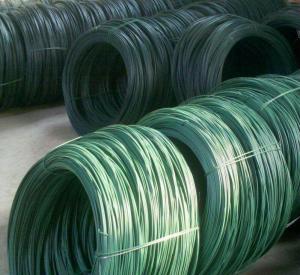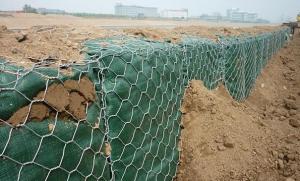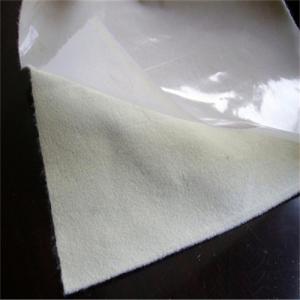Deer Sculptures For Garden
Deer Sculptures For Garden Related Searches
Best Paint For Stainless Steel Blanket Insulation For Steel Buildings Primer For Galvanized Steel Foam Filter For Stainless Steel H S Code For Stainless Steel Surface Grinding Wheels For Stainless Steel Surface Grinding Wheels For Hardened Steel Hole Saw For Stainless Steel Paint For Stainless Steel Stainless Steel For BbqHot Searches
Steel Mesh Panels For Sale Price For Stainless Steel Scrap Scrap Price For Stainless Steel Price For Stainless Steel Stainless Steel Plate For Sale Stainless Steel Tank For Sale Stainless Steel Sheets For Sale Cheap High Tea Sets For Sale Stainless Steel Tanks For Sale Stainless Steel For Sale High Density Fiberboard For Sale Solar Hot Water Collectors For Sale Scaffolding For Sale In Uae Scaffolding For Sale In Ireland Scaffolding For Sale In Houston Type Of Inverter For Solar Price Of Shipping Containers For Sale Types Of Inverter For Solar Stock Price For Aluminum Steel Mesh Panels For SaleDeer Sculptures For Garden Supplier & Manufacturer from China
Okorder.com is a professional Deer Sculptures For Garden supplier & manufacturer, offers integrated one-stop services including real-time quoting and online cargo tracking. We are funded by CNBM Group, a Fortune 500 enterprise and the largest Deer Sculptures For Garden firm in China.Hot Products
FAQ
- Civil engineering materials, what kind of
- Generally classify the various classification methods by appropriate combination of materials after the division. Such as decorative mortar, asphalt waterproof material.
- The gap between China 's civil engineering building materials and abroad
- I think the attitude of the subject can explain the most fundamental gap - the positioning of their own position and their own development of the positioning of many high-rise building, the world's top 100 high-rise buildings in China nearly half, and many very high degree of public construction. Feel the 1950s norms copy the Soviet Union until now, the basic theoretical framework has not changed, the relative development of disciplines, the relative cutting-edge areas may be the direction of the material, have nothing to do with the professional relationship. Domestic understanding is often even narrow to the same as the building structure of the project, the subject is so understanding, this is not wrong, but our time on the demand for civil resources in this only, does not mean that civil engineering itself.
- Geotextile tubes have various applications in earthwork projects, including dewatering and containment. They are commonly used to separate solids from liquids during soil dewatering processes, allowing for the removal of excess water from construction sites or dewatering of dredged materials. Additionally, geotextile tubes are used for shoreline protection, erosion control, and containment of pollutants or sediments, offering an effective and environmentally-friendly solution in earthwork projects.
- Geosynthetic liners act as a barrier between contaminants and the surrounding environment, preventing leakage by providing a strong and impermeable layer. They are designed to resist chemical degradation, punctures, and tears, ensuring that hazardous substances, such as pollutants and waste materials, are effectively contained and do not seep into soil or water sources. Additionally, these liners can be engineered to enhance their performance by incorporating geotextiles and geomembranes, further minimizing the risk of contaminant leakage.
- Common materials used in earthwork products include soil, gravel, sand, rocks, and clay. These materials are often used for construction purposes such as building foundations, roadways, embankments, and landscaping projects.
- Yes, earthwork products can be suitable for use in wetlands. However, it is important to consider the specific requirements and regulations governing wetland preservation and management. Proper planning, design, and implementation are crucial to ensure that the use of earthwork products in wetlands does not harm the natural ecosystem or disrupt the hydrology and wildlife habitat.
- Yes, earthwork products are generally resistant to pests and insects due to their natural composition and lack of organic materials that attract them.
- Yes, earthwork products can be used for constructing agricultural drainage systems. Earthwork products such as soil, gravel, and stones can be used to create effective drainage systems in agricultural fields. These materials can be used to build channels, ditches, and underground pipes that help to redirect excess water away from crops and prevent waterlogging. Properly constructed agricultural drainage systems can improve soil structure, prevent water erosion, and enhance overall productivity in farming.


















